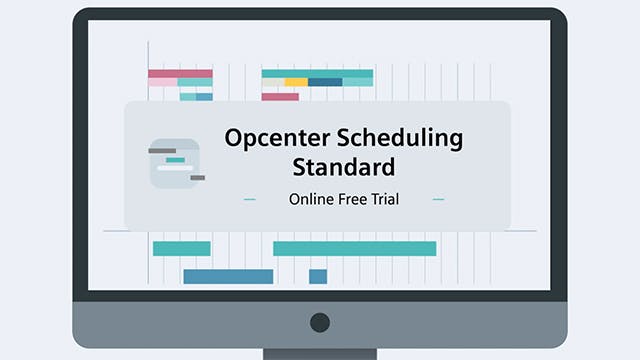DDMRPは、製造サプライチェーンにおける過剰在庫と不足を削減するように設計されています。需要主導型資材所要量計画の全体的な目的は、現代の複雑なサプライチェーンに対する従来の計画アプローチの困難と欠点を克服することを目的としています。
DDMRP は、予測への依存度が低いため、従来の 資材所要量計画 (MRP 1) や 見込生産 (MTS) 計画とは異なります。また、 受注生産 (MTO) 計画に関連する長いリードタイムの課題を克服するのにも役立ちます。DDMRPは、サプライチェーンのどこに戦略的在庫バッファーを配置するか、およびこれらのバッファーの大きさを決定します。
需要主導型資材所要量計画で使用される在庫バッファーは、「デカップリング・ポイント」とも呼ばれます。これは、各在庫バッファーが、累積する連続リードタイムを切断することで、納期が許容できないレベルまで延長するのを防ぎます。たとえば、中間の複合構成品目と、その構成品目を最終製品に組み込む組立ステップとの間に在庫バッファーが作成された場合、最終製品の納期は複合構成品目のリードタイムから切り離されます。
需要主導の資材所要量計画によって提供されるリードタイムの短縮は、受注生産やその他のプル型作業の重大な欠点の 1 つを軽減するのに役立ちます。受注によって従来の MTO 作業がトリガされるため、生産作業はすべて受注時から納入時までの間に発生します。DDMRP は、一部の生産作業を注文を受け取る前の期間に効果的に移動することで、納品までの時間を短縮します。
需要主導型資材所要量計画では、MRP 1 のいくつかの側面が利用され、他の生産慣行の要素と組み合わされます。具体的には、DDMRP は、 リーン生産方式 を採用して各工程のキューを制限し、製造におけるシックスシグマによるばらつきの低減に重点を置いています。


